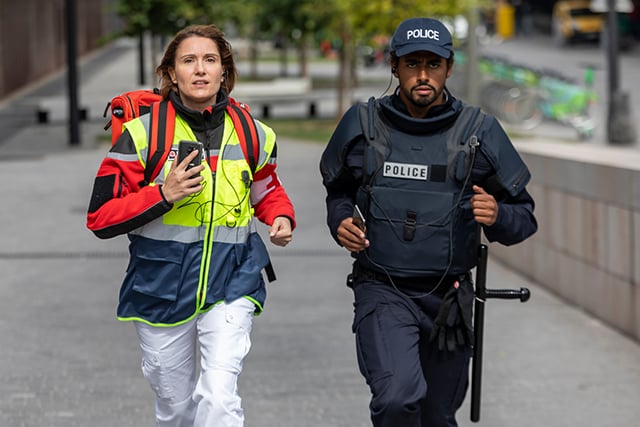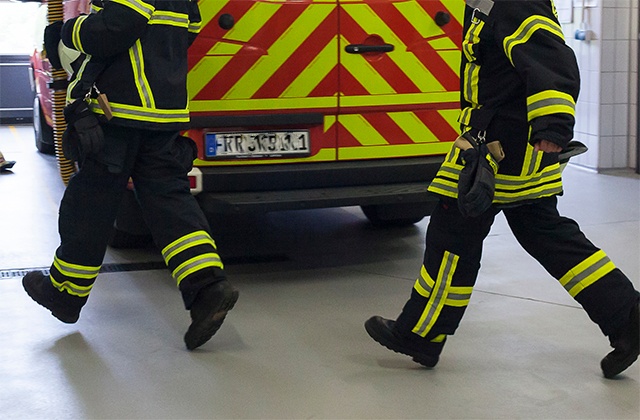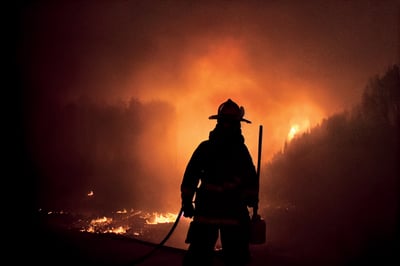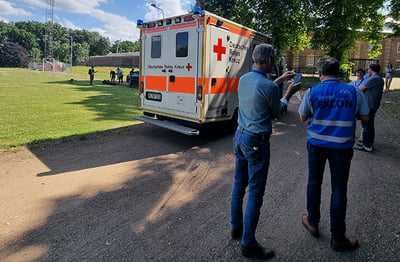Public safety organizations and many other professionals need to communicate when coordinating operations and tasks. Communication is critical to react and respond effectively. These professionals need mission critical communications, and such communications must meet three requirements.
What does mission critical communication mean? What is the definition of mission critical communication
Mission critical refers to anything that is essential to survival. It is information exchange that must succeed, or unfortunate things will happen.
There is no standard classification for a mission critical communications network. Nor does it matter which technology is used. Professionals need communications that deliver on these three requirements:
1 Efficient group communications
Group calls are the backbone for professional communications. It is how teams keep each other on top of the situation.
Talk groups let people communicate and coordinate together. Different organizations have different needs for their group communications. That is why each organization should be able to have its own, unique talk groups.
What to do when people from different organizations need to work together?
They need shared talk groups and interoperability.
Shared talk groups allow different organizations to communicate together. For example, the police, rescue, and medical teams can use shared talk groups to coordinate their response to an emergency situation.
It is important that the communication solution allows talk groups that cross organizational boundaries. This is usually called interoperability.
One kind of talk group does not fit all
Organizations should be able to set up different kinds of talk groups. For example:
Geographic talk groups which are based on location. They allow people within a certain area to communicate.
Functional talk groups serve a specific purpose. They should be available anywhere in the network – wherever the team members are.
Fit-to-purpose talk groups enable communication for a specific task within a certain area.
2 Fast, reliable, and available connection
Another must-have for mission critical communications is that users can depend on getting the connection when they need it.
Before 4G and 5G, governments and organizations had to set up dedicated communication networks. Their prime objective: availability. After all, failure in communications could jeopardize operations and put lives at risk.
Availability means that the users can access the system’s resources and applications when they need them.
What could make a system unavailable?
The most common reason why a system becomes unavailable is a natural disaster such as a heavy storm. A storm can destroy equipment, cut transmission, or cause power breaks. Other reasons include human error, software faults, or even cyber-attacks. A traffic overload on the system will also degrade the service for the users. The service may become completely unavailable in an extreme overload situation.
How to ensure maximum availability?
An unavailable system has no use. That is why mission critical communication solutions must have certain availability characteristics. For example -
- Hardware redundancy helps make sure that losing one piece of equipment will not stop the whole system. There is a spare piece that will take over.
- Back-up power schemes. If a storm cuts off the electricity supply to base stations, an uninterruptable power supply (UPS) and/or backup generator can keep the systems going.
- Priority access helps guarantee that the service is available for the most important users - even in heavy traffic. An example of an extreme case would be to set a base station to refuse service from lower priority users.
- Exclusive capacity can be set up for certain users. For example, certain radio access can be dedicated to serve priority users only.
Better availability can also be achieved by complementing communications over broadband and narrowband systems with each other. For example, Tactilon Agnet solution lets its user communicate smoothly with radio carrying people. According to access rights, of course. This is an example of truly smooth evolution to public safety broadband.

How to monitor availability?
How to keep track of the availability in a communications network which uses the services of commercial Mobile Network Operators (MNOs)?
A view of the end-to-end service is needed. This means that the measurement information from different network elements has to be combined. But how is this possible if the provider of the mission critical services cannot collect information from the 4G/5G network elements controlled by MNOs?
The answer is service analytics based on information gathered from devices.
In other words, a special client is set up in the mobile user devices. The clients follow the levels of service that the devices (and thus the users) experience. Their reports are consolidated, and the result can be visualized to show accurately where the service is good and where it may be lacking.
To learn about the idea in more detail, download the white paper “Why service quality is something to think about today”.
3 Proper prioritization
Priorities are important because they help guarantee the safe delivery of critical information.
Versatile priorities help make sure that the right people can always get through quickly when they need to. Professional users have five main requirements for prioritization.
- Priorities between professional users, consumers and other users. Professionals who are responsible for public safety need communications to do their work. It must be prioritized over someone watching a kitty video, for example.
- Priorities between different professional users or organizations. Certain users and teams have more communications to share than others, so they must have different priorities.
- Priorities based on service type (voice/data) and application. For example, the push to talk app connecting professional users most likely needs higher priority than a video sharing app.
- Guarantee that emergency calls initiated by a professional user are always served. An emergency call has to have the highest priority. As soon as the emergency call button is pressed, it has to get through.
- Guarantee service to professional users during disasters or other extreme conditions, including cyber-attacks. When there is an excess of traffic and the system is close to overload, highest priority communications should interrupt any lower-priority call, and the system should cut down lower-priority calls altogether when necessary.
How to ensure cyber protection for your mission critical 4G/5G network? Download white paper “Protect mission-critical networks from cyber threats”.

Time is critical for police, fire and rescue, and emergency medical teams, but also for mining teams, metro drivers, airport personnel, and teams responsible for oil pipelines or electricity grids. They all need to communicate within the team and with their colleagues on a mission critical level.
And they do not have that if the system does not meet the three basic requirements.
Ready to take your critical communications to the next level? Make a move into the critical communications future? Watch a recent webinar now to get five important tips: “The next 5 things to do immediately about your broadband communications”.




